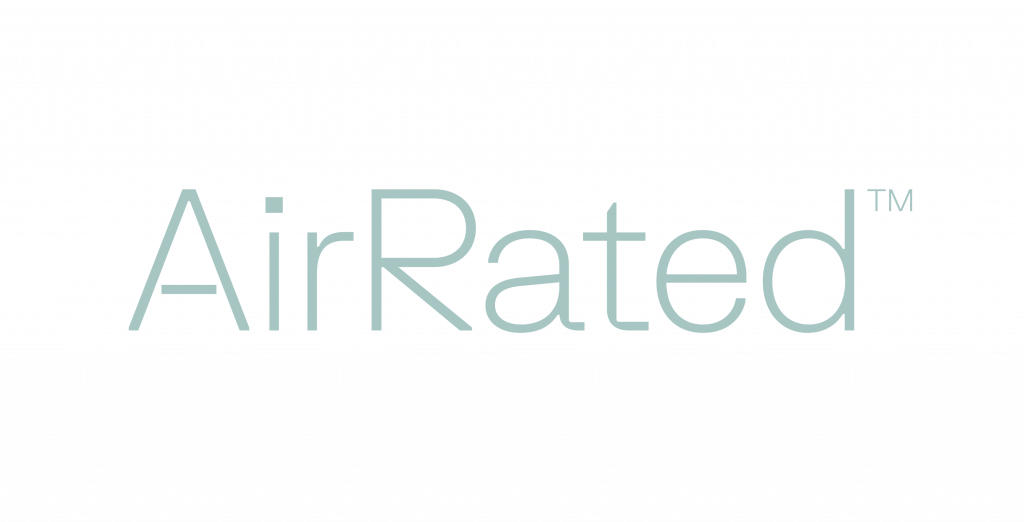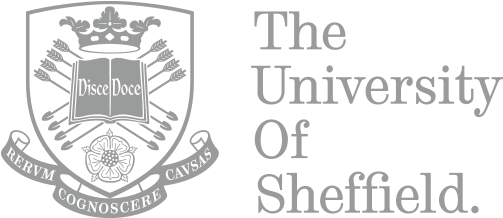Fine particles emitted from log burners pose a risk to public health. Children, the elderly and those with existing health conditions are especially vulnerable. Stove users can use the Burner Alert to check whether lighting a stove will contribute to already unhealthy levels of particulate matter air pollution.
How do I use it?
The three levels of burner alert align with the World Health Organisation’s 2022 guideline values for fine particulate matter (PM2.5) air pollution over a 24-hour period.
A burn alert is triggered when air pollution goes above the 15 ug/m3.
Burner Alert Guideline levels:
‘No Alert’ (Green) – particle pollution in this area is well below guideline levels. Air quality is not currently unhealthy, although stove use may increase your ward’s levels.
‘Advisory’ (Amber) – particle pollution in this area is approaching guideline levels. Please consider not lighting your stove, particularly if you have an alternative source of heating.
‘Burner Alert’ (Red) – particle pollution in this area is already above guideline levels. Avoid lighting your stove unless you do not have an alternative source of heating.




